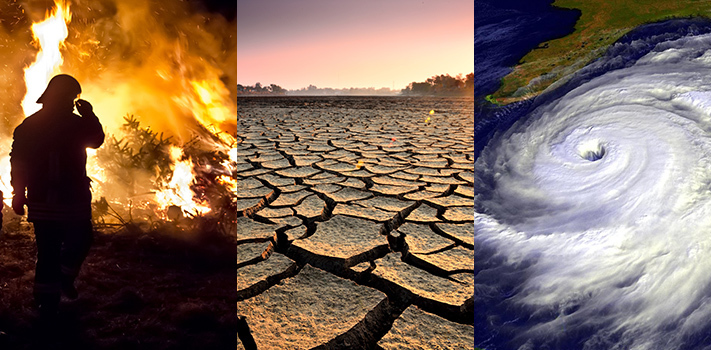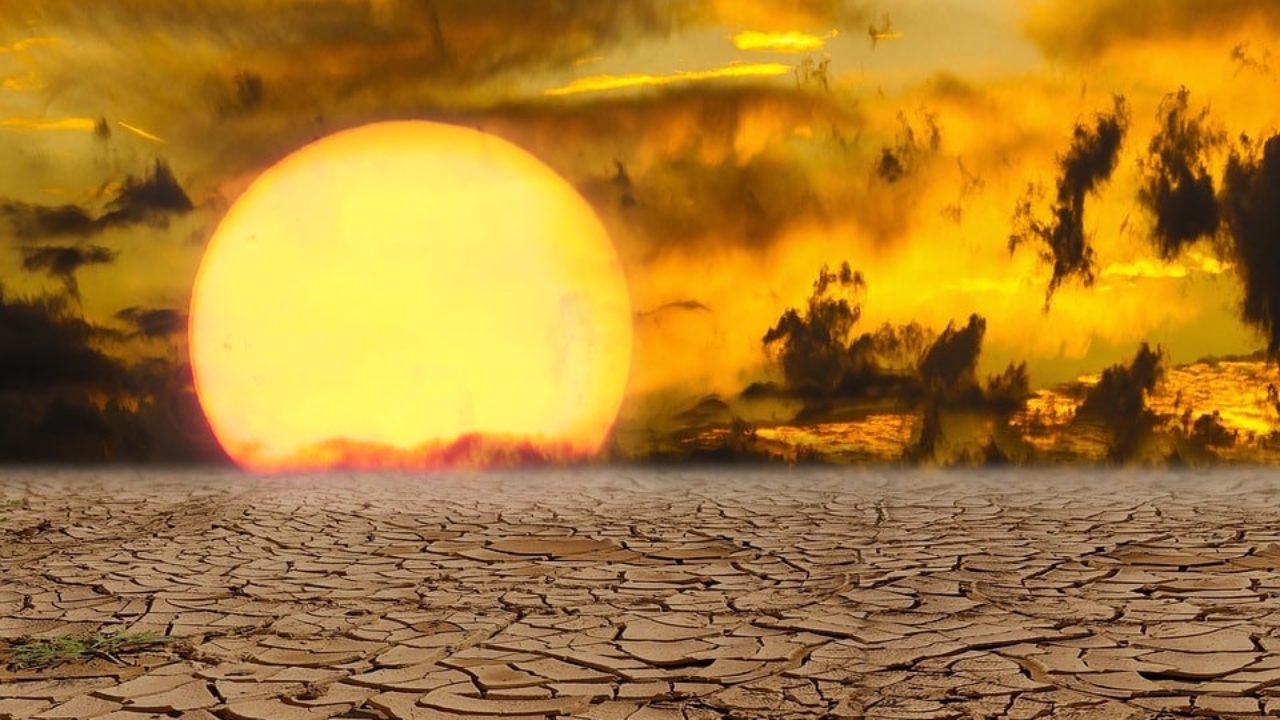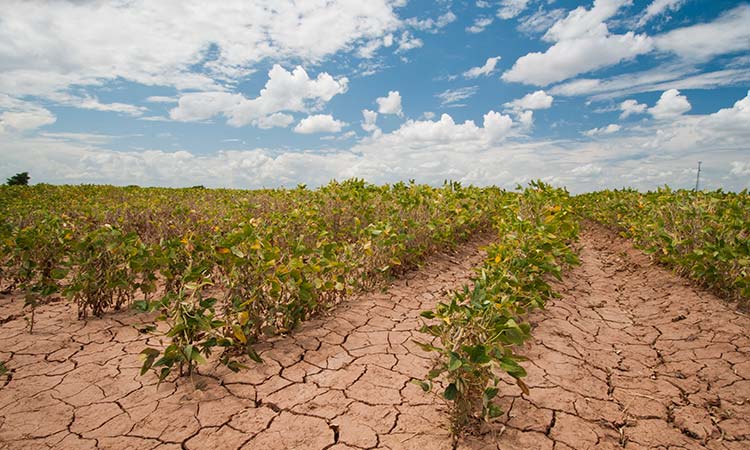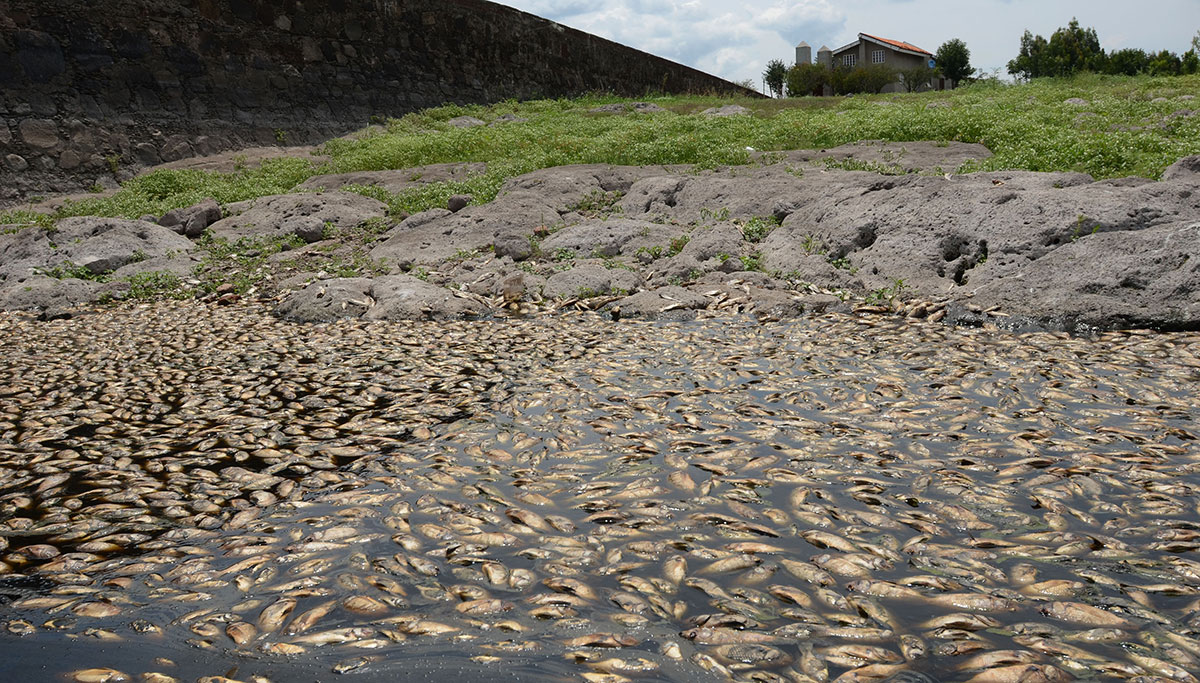The environment is a subject of constant discussion, mainly because it is the main source of resources for the development of life as it is known today. Due to the massive consumption of resources and their overexploitation, ecosystems have undergone a very notable deterioration, which is why the definition that allows a classification of damage known as Environmental Vulnerability is born, let us know a little about it and its impact on nature.

Environmental vulnerability
The word vulnerability derives from the Latin "vulnerabilis", being a word composed of "vulnus" which means wound and "abilis" which represents possibility. Taking as meaning the risk that a person or object has in suffering an injury, also to the possible exposure of different dangers that lead to instability in various areas of daily life. Therefore, it is related to susceptibility, threat and weakness that affects a system.
The definition of vulnerability is quite broad, becoming widely discussed on a personal level as people who are very vulnerable to diseases, viruses, emotions, among others; referring to those individuals who have less resistance to viruses or some pathogen, so they are much weaker and more vulnerable to it. This type of definition is applied in various areas from education, culture, economy, society and even the environment.
In this case, environmental vulnerability is highlighted as the degree of resistance of the system and its various components to the environmental difficulties that arise around it; influencing the different factors that affect planet earth such as global warming (significant increase in temperature on earth) and the massive loss of biodiversity (animal and plant species). There are different circumstances that expose the environment to a vulnerable situation such as natural disasters due to a hurricane, poverty in some regions, droughts, among others.
All these situations are caused directly or indirectly by the various activities carried out by man since ancient times, where he has managed to benefit from the different natural resources for food, housing, clothing, medicine and better living comfort, thanks to This achieved the evolution of society in many factors. Causing a great environmental deterioration due to the massive consumption of resources without preventive care.
It is also known as environmental vulnerability to the degree of resistance that the environment has against various natural phenomena, such as earthquakes, tsunamis, among others. Therefore, this definition encompasses two main factors, described below:
- Exhibition
It consists at the level of nature in being exposed to different environmental conditions, for example the species of animals that are found within their natural habitat where hunting is illegal, are much less vulnerable than those species that live in a natural environment where hunting has no control.
- adaptive capacity
It consists of the ability that nature possesses to adapt to the changes that have been imposed on its environment. One of the main examples in this case is the temperature changes that are generated but global warming, this system is regulated by ecosystems through acclimatization.
Each of the world's regions is made up of a great variety of ecosystems, plant species, diversity of animals and abundance of natural resources; so their degrees of vulnerability will be completely different. The most sensitive spaces are those that can respond less to changes, they are also the ones that are most exposed, increasing damage and needing more recovery time.
On the other hand, those sectors that are less vulnerable are those that have a greater capacity to respond to environmental conditions, this is attributed to the fact that they are less exposed and therefore their recovery time is much shorter.
Examples of Environmental Vulnerability
Environmental vulnerability is related to the greater or lesser exposure that a territory has. There are regions that may have greater tolerances to a natural influence such as earthquakes, floods, volcanic eruptions or hurricanes, while among other sectors they can be considered a total catastrophe; coming to have a relationship between environmental deterioration and natural hazards.
Some of the most outstanding examples of environmental vulnerability will be highlighted below, trying to relate ecosystems and species that are in extinction:
Benthic Organisms
Known as marine benthos, it deals with all those marine organisms that inhabit aquatic ecosystems, specifically on or at the bottom of the sea; It consists of a set of species that are swimmers, crawlers, burrowers or inhabit the seabed, including starfish, sea cucumbers, clams, oysters, among others.
It deals with those species that inhabit the marine environments of Antarctica, the preferred habitat of these organisms to reproduce more quickly, due to the fact that in warm waters their growth is much slower; representing a factor that gives them disadvantages, due to the practice of fishing them, generating very harmful effects for these ecosystems. In addition, they are a type of species that, having a relatively slow growth, causes their recovery to be very slow and therefore makes them a vulnerable species.
Amazon
The Amazon Jungle is located in the northern region of South America, covering a large amount of the continental territory, encompassing countries such as Venezuela and Brazil; represents a large area of forest rich in biodiversity of plant and animal species, characteristic for being the largest forest on the planet, extending into the Amazon River basin and being called the lung of the world, due to its variety of plant species that they generate the oxygen necessary for all living things and even absorb carbon dioxide from the atmosphere.
It is considered the richest terrestrial ecosystem on the entire planet, covering the Andes region to the Atlantic coast, being approximately 7 million kilometers. At present it is considered as a territory of great vulnerability and this is attributed to the exploitation of various natural resources, such as the excessive obtaining of wood, resulting in deforestation, mining causing the contamination of neighboring bodies of water, intensive agriculture that has caused the deterioration of the soil, among others.
The constant demand for natural resources such as wood, minerals, plant species, among others, all of them with the aim of satisfying human needs in the evolution of society, in addition to population growth in various regions of the world, have resulted in the vulnerability of this important ecosystem affecting its balance and natural stability, therefore, altering the living conditions on planet earth that are currently not perceived but future generations will be the most affected.
Coral reefs
Coral reefs consist of an underwater structure that is composed mainly of calcium carbonate secreted by corals until it forms an underwater mountain built by coral skeletons. They can also be composed of algae and molluscs. It is considered as a beautiful and unique ecosystem, it exists in different colors, shapes and sizes; colonies of large extensions are known as reefs. They are also in charge of taking all the calcium from the sea and turning it into limestone to form its structure.
They are an ecosystem that is seriously affected by global warming, where they have been subjected to environmental changes, altering their temperature and modifying the natural condition of the reefs, in addition to being affected by the actions of indiscriminate fishing and pollution. by runoff. Making it a very vulnerable space to global warming, due to its slow recovery and little resistance to natural alterations.
They are a type of ecosystem classified as Least Concern, that is, they have a high environmental vulnerability, at first glance not all the environmental problems that they generate in them and the adaptation of the reefs to these alterations are seen, but it is considered that a future is type of environment can cease to exist due to the actions of man and the environmental reactions that have deteriorated this natural habitat.
Gratiola Linifolia
It is a type of deciduous annual plant, it is influenced by the seasons of the year, so it is considered an annual plant, very common in the Mediterranean regions; A few years ago, threats were exposed, whether due to droughts, agricultural and livestock exploitation, coming to be seen as threatened. At present, its population remains stable and well protected to guarantee future specimens.
Patagonian Opossum (Lestodelphys Hallí)
The Patagonian Opossum is also known as the Argentine weasel, it consists of a species belonging to the Didelphidae family, it is endemic to Argentina; It normally inhabits cold and dry areas such as Patagonia and the Subantarctic Forests. It is a mammal of dark gray color, the white ventral part and a dark ring in the iris of the eye; it is a completely terrestrial and non-arboreal species, it usually lives in prairies and deserts.
It consists of a species that has been considered as vulnerable that was previously exposed in danger of extinction due to its poaching, in the middle of the year 2008 it was classified a little less Least Concern due to the increase in the population. Currently it does not pose a great threat despite maintaining an unstable number among them, this is attributed to the conservations of the species.
Allium Feinbergii
It consists of a type of plant that lives in rocky regions and has stood out for being affected by climatic changes, disappearing from some regions; Despite this, its population number is still stable and therefore it does not have a high range of vulnerability.
Difference between Risks and Environmental Vulnerability
The word risk consists of an unpleasant fact or possibility of something that generates discomfort, it is also related to the exposure of danger. Encompassing all those factors that entail increasing the probability of vulnerable points in a system, threatening its peace and tranquility. In the environmental context, it refers to everything that is capable of damaging the environment, generating changes that alter the natural balance of an environment.
Environmental risks are related to all human actions or the effects of some natural phenomenon that generates a change in ecosystems, also everything that represents a danger or threat to the species that inhabit it, affecting the vulnerability of the environment and causing greater sensitivity to external agents that continually deteriorate it.
Being an environmental hazard, it represents all those catastrophic events that can alter the environment in a given time, they can be those events that generate a resounding change in the habitat such as earthquakes, floods, droughts, among others. Completely different from environmental risk, it represents the result that has a threat to the degree of vulnerability within nature.
At present, environmental problems have presented great concern in society, highlighting events such as the extinction of species, soil degradation, massive droughts, loss of ecosystems, but also influencing the impact on human lives. Emphasizing that the main environmental difficulties are due to human activities and natural phenomena that affect the environment.
Environmental vulnerability depends directly on the constant exposure that organisms have to adverse situations and on the adaptive capacity of natural resources to recover again after being exposed to a harmful environment. Therefore, professionals propose the following formula in reference to this fact:
Risk = Threat + Vulnerability
Therefore, the main difference between environmental risk and vulnerability is that risk is linked to the threat that affects the different systems that make up ecosystems, while vulnerability is responsible for being able to measure losses and damage to the environment. that have been exposed.
We hope this article has been helpful, we leave you others that will surely interest you:




